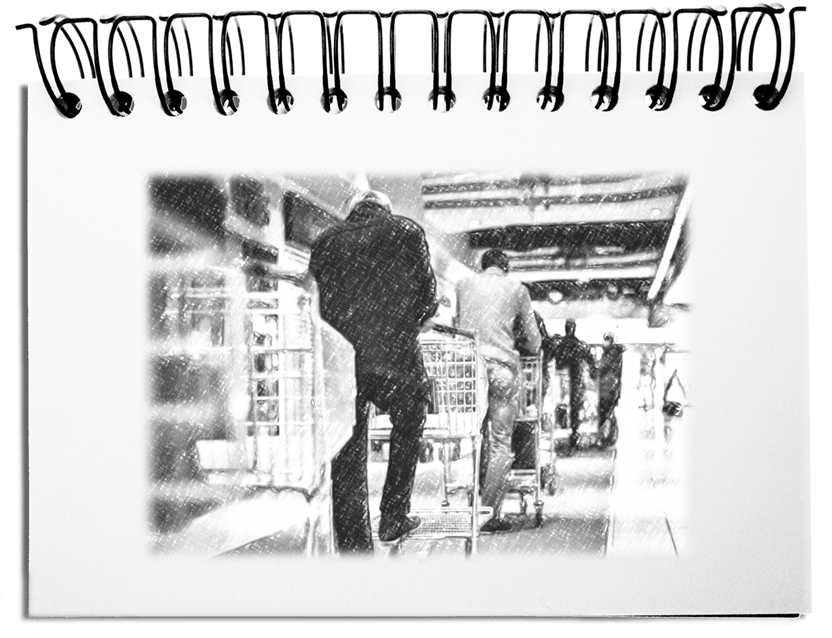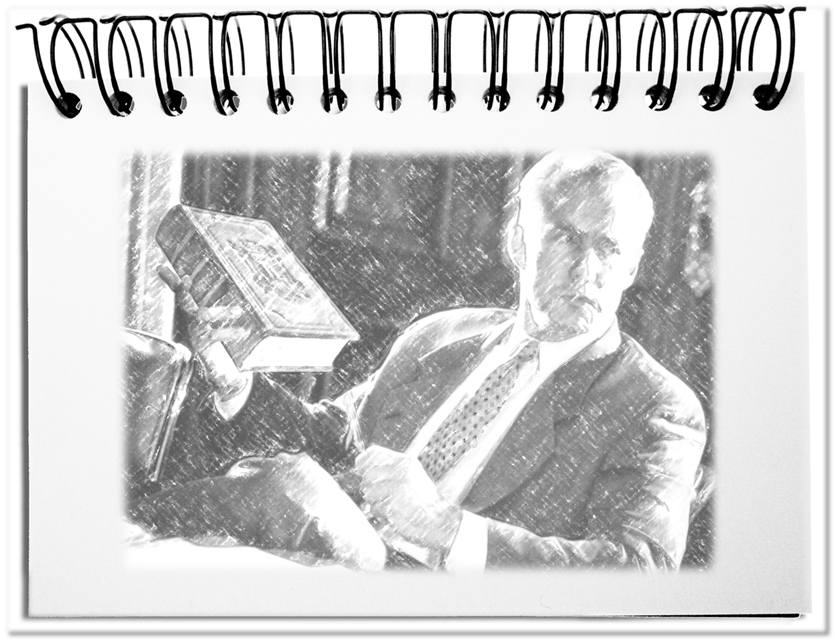There are moments when we have the impression that we are not living in the same world. When we enter a shop in Japan, it feels like everyone is only waiting for us. The sales staff turns to us and welcome us with an Irasshaimase (engl. Welcome).
In Western stores, we recognize the staff by how they move away from us as soon as they notice us. In extreme cases, they are so ignorant that, even though we stand right in front of them and look at them questioningly, they execute routine tasks such as restocking shelves, checking off a list, or simply doing nothing. Above all, the unqualified staff gives customers the feeling that they are bothering.
Yet customer experience has been in the center of interest for years. Bad experiences destroy customer loyalty with unfriendly and incompetent services.
To close the gap between the experience and the original expectation, employees need customer focus.
- Customers are people
We all are a unique universe fulfilling various roles in changing contexts such as family, leisure, and work. To do this, we acquire a set of behaviors that we apply intuitively. We have skills adapted to the situation. We use our internalized convictions for perception, which also influence our thinking, behavior, and communication. All actions are dependent on the momentary mood. There is a positive explanation for every customer behavior that almost always has nothing to do with the salesperson. Be grateful for all shoppers who have found their way to you. - Customers have expectations
If potential customers contact you at your counter, they follow an impulse. They have become aware of you and want to find out more. Perhaps they may already have specific ideas that need to be investigated. There may be questions regarding the application. Eventually, it could be about the final customization. These examples already show the different expectations that need to be fulfilled from you. Determine the expectations and adapt your advice to them. - Customers love a pleasing ambiance
Prospects enter an environment that is entirely under the control of the provider. All senses are reached, whether you like it or not. Pay attention to the visual impression you make with your coloring, visualizations, etc. You influence the sound of your store with more than just basic acoustics such as reverberation, the sounds of doors or furnishings, or the noise level of your employees. It also includes sound sources such as subliminal music and the ringing of telephones. We are particularly sensitive to new smells. How do you want to smell? As soon as customers enter your sphere, they sense the furnishings, the floor, the doors, and so on. Whether you wish to appear cozy or eco, or busy, you should prepare your space. Examine your current ambiance from the sensual points of strangers coming in to see you. - Customers don’t just pay for what you offer
It is always about deliverables that you propose. Hopefully, they have a fair market price that treats clients equally. With a product and a service, the deliverables should have the promised qualities. However, that’s not yet the whole package. It starts with the first impression when you are contacted, by phone or when customers visit you. They expect friendliness and know-how, and a respectful approach. A friendly relationship doesn’t end after the deliverable has been paid or provided. To keep customers coming back (or coming at all), you should continually serve them as the only customer, even if they are not billed for those add-ons. You determine customer loyalty by your generous support that goes beyond the original deliverables. - Customers come, return or not
A biz without clientele is like a soup without liquid. For this reason, all people are potential customers. You determine whether another deal will happen by how you treat non-, regular, and occasional clients. To keep them coming, you should make enticing offers that you can deliver. Your customer contact is already part of the deliverable before the contract. However, it only pays off when it results in a deal. Do not destroy outcomes by ceasing your efforts after payment. Continue to support previous clientele. Even after everything is done, you are required. Existing customers know and appreciate you. Don’t risk losing them by misbehaving. Make your employees aware that 1) most customers aren’t even customers yet and 2) disappointed existing customers never come back.
Bottom line: Many vendors feel threatened by entrants from the Internet. At the same time, these virtual biz think that they do not have to take care of individual customers. However, they are also people with all their peculiarities. All offerors must respond appropriately to customer expectations. In the real and the virtual world, you should create a pleasant atmosphere. Besides the genuine offer, other deliverables do not result in an invoice but are rewarded by customers. Eventually, all providers have a significant influence on whether new customers come, return, or not. Never forget: Customers are everything – without them, everything is nothing.


